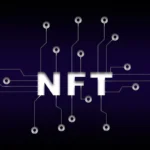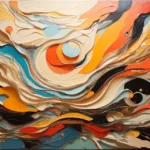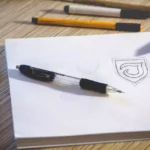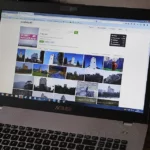To mint and sell NFTs successfully, create a digital wallet, upload your artwork to an NFT marketplace, and follow the platform’s steps to turn your art into a unique token. Once minted, set a price, list it for sale, and share it online to reach potential buyers.
Key Concepts in NFT Minting Art
NFT (Non-Fungible Token) minting art converts digital artworks into unique, verifiable assets stored on a blockchain. This innovative method allows artists to establish ownership, prove authenticity, and provide collectors exclusive rights to their creations. Below are the key concepts that define NFT minting art:
1. Digital Artwork
NFTs can be created from any digital medium, including illustrations, animations, music, videos, or text. They are encoded into blockchain-compatible formats, ensuring they retain their unique characteristics as assets.
2. Minting Process
Minting involves uploading a digital file onto a blockchain platform. This process generates a unique token that acts as a certificate of authenticity and ownership, permanently linking the artwork to the creator.
3. Blockchain Technology
NFTs rely on blockchain—a decentralized, tamper-proof digital ledger. Blockchains like Ethereum, Solana, and Tezos store NFT data, ensuring transparency, security, and traceability.
4. Smart Contracts
Smart contracts are self-executing programs embedded in the blockchain that govern NFT transactions. They automate processes such as royalty payments to artists when NFTs are resold, offering creators ongoing revenue streams.
5. Provenance and Ownership
One of the core advantages of NFTs is the ability to trace an asset’s history. Buyers can verify the creator, ownership lineage, and transaction history, adding credibility to the purchase.
6. Marketplaces and Wallets
NFT marketplaces like OpenSea, Rarible, and Foundation enable artists to mint and list their NFTs for sale. Digital wallets like MetaMask or Phantom are essential for storing and transacting NFTs.
7. Interoperability
NFTs are often interoperable across different platforms and marketplaces, enabling broader exposure for creators and increased accessibility for collectors.
These key concepts help artists and enthusiasts fully appreciate NFTs’ transformative potential in digital art and beyond.
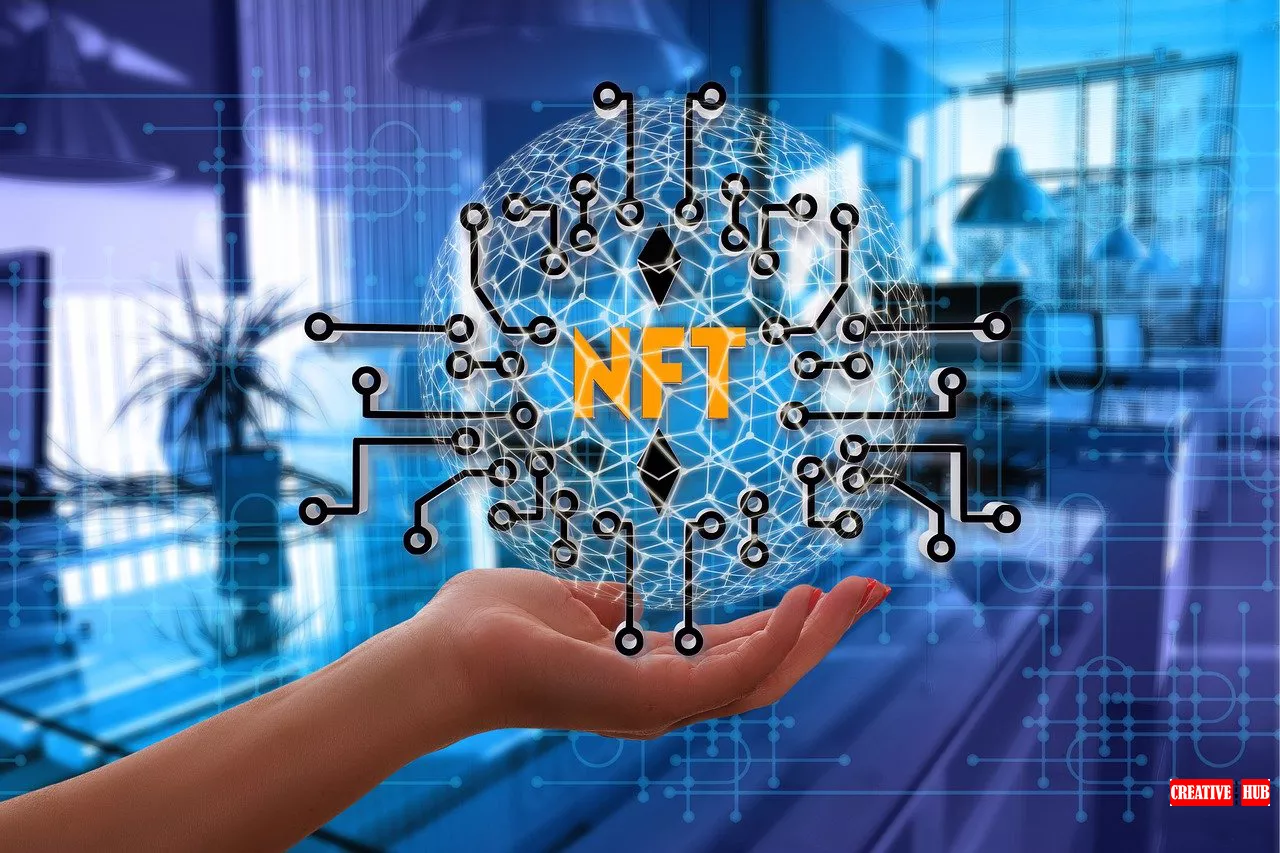
These Are The Steps For NFT Minting Art
Minting an NFT involves a step-by-step process that ensures your digital artwork is correctly transformed into a unique asset on the blockchain. Below is a detailed guide to each step:
1. Choose a Blockchain Platform
Selecting the right blockchain is a crucial first step. Each platform has its advantages, fees, and communities. Popular options include:
- Ethereum: Known for its widespread adoption and robust ecosystem, it often comes with high gas fees.
- Solana: Offers faster transactions and lower costs.
- Tezos: A more eco-friendly option with lower energy consumption.
2. Set Up a Digital Wallet
A digital wallet is essential for interacting with the blockchain. It stores your cryptocurrency and NFTs securely. Popular wallets include:
- MetaMask: Ideal for Ethereum-based NFTs.
- Phantom: Designed for the Solana blockchain.
- Temple Wallet: An excellent option for Tezos users.
Ensure your wallet is backed up with a recovery phrase and protected by two-factor authentication (2FA).
3. Select an NFT Marketplace
Marketplaces provide the tools to mint and sell your NFTs. Some of the most popular platforms include:
- OpenSea: A leading market for Ethereum-based NFTs.
- Rarible: Allows users to create and trade NFTs with customizable royalties.
- Objkt: Objkt is a prominent marketplace for Tezos NFTs.
Research each platform to determine which aligns with your artistic goals and target audience.
4. Prepare Your Artwork
Ensure your digital file is optimized for NFT minting:
- File Formats: Common formats include PNG, JPEG, MP4, and GIF.
- Resolution: High-resolution files provide better quality for collectors.
- Metadata: Add relevant details such as title, description, and tags.
5. Mint the NFT
Minting is the process of uploading your artwork to the blockchain and creating its unique token. Follow these steps:
- Upload the File: Use the marketplace’s minting tool to upload your digital artwork.
- Set Details: Add metadata, such as the title and description, and specify royalty percentages for secondary sales.
- Pay Fees: Use your wallet to cover the minting costs (e.g., gas fees).
6. List Your NFT for Sale
Once minted, you can list your NFT for sale. Choose between:
- Fixed Price: Set a specific price for immediate purchase.
- Auction: Allow buyers to bid on your NFT within a designated timeframe.
7. Promote Your NFT
Visibility is key to attracting buyers. Consider the following strategies:
- Social Media: Share your NFT on Twitter, Instagram, and TikTok.
- NFT Communities: Engage with communities on Discord and Reddit.
- Collaborations: Partner with other artists or influencers to expand your reach.
8. Manage Post-Sale Interactions
After selling your NFT:
- Engage with Collectors: Build relationships with buyers to foster loyalty.
- Monitor Resales: Keep track of secondary market transactions for royalty payments.
By following these detailed steps, artists can seamlessly mint their digital creations into NFTs and navigate the exciting world of blockchain-based art.
Ten Benefits of NFT Minting Art
NFT minting has revolutionized the art world, offering numerous advantages for artists, collectors, and the broader creative community. Here are the key benefits:
1. Provenance and Authenticity
NFTs provide indisputable proof of ownership and authenticity. By leveraging blockchain technology, artists can create a transparent record of their work’s origin and history. Collectors gain confidence knowing their purchases, knowing they are genuine.
2. Monetization Opportunities
NFTs open up new revenue streams for digital artists. Creators can sell their works directly to a global audience without intermediaries, enabling higher profit margins. Additionally, smart contracts allow artists to earn royalties every time their NFT is resold.
3. Global Accessibility
NFT platforms connect artists with a worldwide audience. Collectors from different countries can easily discover and purchase works, breaking down geographical barriers and expanding market potential.
4. Creative Freedom
Digital creators enjoy greater artistic freedom with NFTs. They can experiment with new styles, mediums, and concepts without the constraints of traditional art markets. NFTs also enable the creation of dynamic or interactive works that evolve.
5. Community Building
NFTs foster a sense of community among artists and collectors. Platforms and social media channels provide opportunities to engage with fans, share insights, and collaborate with other creators. This interaction strengthens relationships and enhances the overall value of an artist’s brand.
6. Long-Term Revenue
With smart contracts, artists can secure royalties on secondary sales. This ensures that creators benefit from the increasing value of their work over time, providing a sustainable income source.
7. Exposure to Innovation
Participating in the NFT space allows artists to explore cutting-edge technologies like blockchain, virtual reality (VR), and augmented reality (AR). These innovations can inspire new creative directions and elevate the artistic experience.
8. Reduced Barriers to Entry
Unlike traditional galleries or auction houses, NFT marketplaces provide an accessible platform for artists to showcase their work. Emerging creators can gain recognition without needing extensive connections or resources.
9. Environmental Awareness (Emerging Solutions)
While the environmental impact of NFTs has been criticized, many platforms are adopting eco-friendly practices. Artists can align their work with environmentally conscious values by choosing sustainable blockchains or carbon-neutral marketplaces.
10. Preservation of Digital Art
NFTs enable the preservation of digital art by embedding it into a blockchain. This ensures the artwork remains accessible and unaltered, protecting it from potential loss or corruption.
NFT minting allows artists to unlock many opportunities to monetize their work, expand their reach, and connect with audiences in innovative and meaningful ways.
Challenges and Considerations in NFT Minting Art
As exciting as NFT minting art can be for creators and collectors, it also presents challenges and considerations. Understanding these factors is crucial for anyone who wants to navigate the NFT space effectively.
1. Environmental Impact
One of the most significant criticisms of NFTs is their environmental footprint. Many NFTs are created on blockchain networks like Ethereum, which rely on energy-intensive proof-of-work (PoW) mechanisms. This process consumes vast amounts of electricity, contributing to carbon emissions and raising sustainability concerns.
- Potential Solutions:
- Transition to energy-efficient blockchains like Solana, Tezos, or Ethereum’s proof-of-stake (PoS) upgrade.
- Explore eco-friendly NFT platforms specifically designed with sustainability in mind.
- Support carbon offset initiatives to counteract environmental impact.
2. Market Volatility
The NFT market is highly speculative, with values often fluctuating wildly. While some NFTs sell for millions, many struggle to find buyers. This volatility can pose a risk for both creators and investors.
- What to Watch Out For:
- Avoid overpricing your NFTs, especially as a new creator.
- Research market trends and understand buyer preferences.
- Be prepared for the possibility that an NFT may not sell immediately or may not sell at all.
3. Fees
Minting, listing, and selling NFTs often come with fees. These costs, commonly referred to as “gas fees,” can be prohibitively high, especially on the Ethereum network during periods of congestion.
- Managing Fees:
- Use platforms with lower fees, such as Polygon or Binance Smart Chain.
- Time your transactions during off-peak hours to minimize gas fees.
- Factor in fees when pricing your NFTs to avoid financial losses.
4. Intellectual Property and Copyright Issues
NFTs exist in a digital space where plagiarism and copyright infringement can occur. Artists must protect their intellectual property and not unintentionally violate someone else’s rights.
- Best Practices:
- Register your work under copyright laws before minting.
- Use platforms that verify originality through metadata or timestamping.
- Be vigilant about monitoring the marketplace for potential misuse of your work.
5. Security Risks
The decentralized nature of NFTs introduces security risks, including hacking and fraud. Digital wallets, where NFTs are stored, can be compromised if not properly secured.
- Protective Measures:
- Use a secure wallet like a hardware wallet to store your NFTs.
- Enable two-factor authentication (2FA) for all accounts.
- Avoid sharing private keys or recovery phrases with anyone.
6. Lack of Regulation
The NFT space is largely unregulated, which can lead to disputes over ownership, fraud, or misrepresentation. This lack of oversight makes due diligence even more critical.
- Navigating Regulatory Challenges:
- Conduct thorough research before engaging in transactions.
- Work with reputable platforms that implement safeguards against fraud.
- Stay informed about emerging regulations in the NFT and cryptocurrency space.
7. Long-Term Viability
The future of NFTs remains uncertain. While they have garnered significant attention and investment, questions linger about their long-term sustainability and value.
- Considerations for Longevity:
- Focus on creating high-quality, meaningful art rather than speculative projects.
- Build a personal brand and engage with your community to maintain relevance.
- Diversify your creative efforts beyond NFTs to mitigate potential risks.
Understanding and addressing these challenges will help artists and collectors make informed decisions and maximize their success in the rapidly evolving world of NFTs.

Emma Smith is a passionate writer and content creator focused on the latest trends in the arts, design, and creative industries. With a keen eye for innovation and creativity, she shares insights and updates that inspire professionals and enthusiasts alike.

